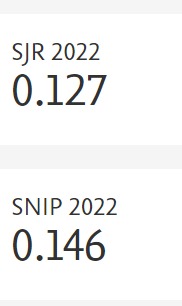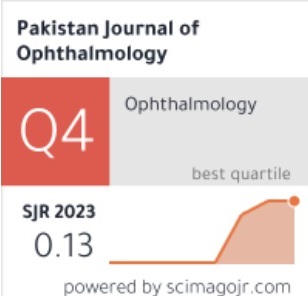Visual Acuity Assessment in Deaf-Mute Children: Identification of Shortcomings and Search for Solutions in the Russian Federation and Some Countries Formerly Part of the Soviet Union – A Narrative Review
Doi: 10.36351/pjo.v40i1.1762
DOI:
https://doi.org/10.36351/pjo.v40i1.1762Abstract
The purpose of this narrative review is to study the problems in assessing visual acuity in deaf-mute children. We identified various methods of Visometry, published articles and patents for the inventions based on the assessment of visual acuity in deaf-mute children in the Russian Federation and parts of countries formerly part of the Soviet Union, in order to identify shortcomings and search for solutions. According to the total number of 126 cited scientific papers, the most common methods for assessing visual acuity in deaf–mute patients included Golovin-Sivtsev table (89.1%) and new JEI/JEI technique (8.9%). However, 2% of the doctors used tables of "illiterate" E, Teller Acuity cards with hand gestures, combining Teller Acuity cards with hand gestures to trigger reactions, Lea symbols with visual cues enabling visual cues or pointing to stimulate recognition and Graphic tables with sign language. In the presence of signs of hearing and speech disorders in patients, it is recommended to consider the use of cards duplicating optotypes to the table for assessing visual acuity
Downloads
Published
How to Cite
Issue
Section
License
Copyright (c) 2023 Dr. Eldor Jonnazarov, Sergey Eduardovich Avetisov, Maria Cervatiuc , Pham Thai Duong , Antoine El Khoury

This work is licensed under a Creative Commons Attribution-NonCommercial 4.0 International License.






